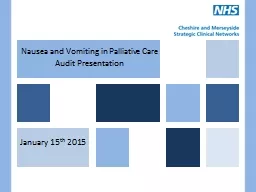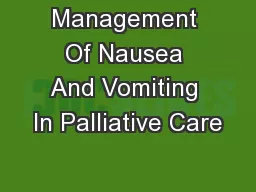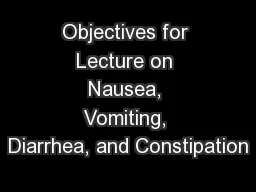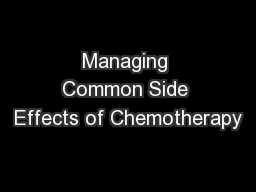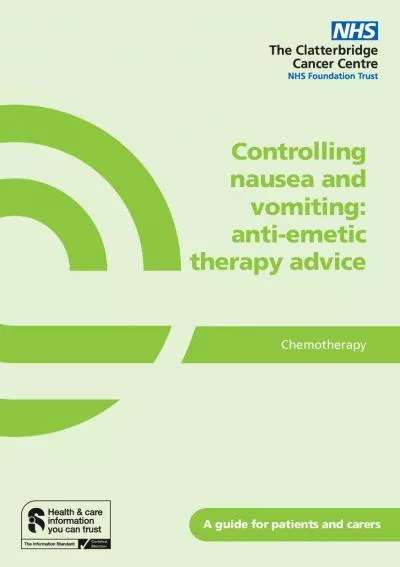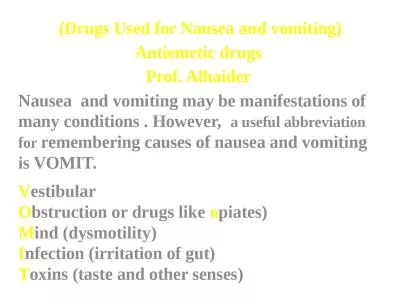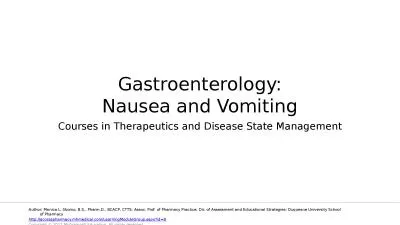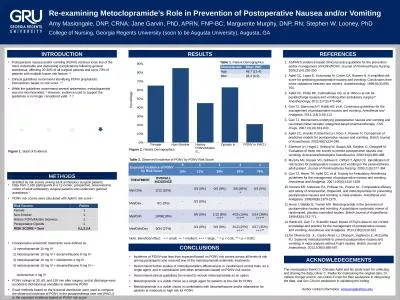PPT-Nausea and Vomiting in Palliative Care
Author : pamella-moone | Published Date : 2019-12-03
Nausea and Vomiting in Palliative Care Audit Presentation January 15 th 2015 Dr Richard Latten Dr Seamus Coyle Dr Laura McGlynn Dr Paula Powell Dr Jamie Barfield
Presentation Embed Code
Download Presentation
Download Presentation The PPT/PDF document "Nausea and Vomiting in Palliative Care" is the property of its rightful owner. Permission is granted to download and print the materials on this website for personal, non-commercial use only, and to display it on your personal computer provided you do not modify the materials and that you retain all copyright notices contained in the materials. By downloading content from our website, you accept the terms of this agreement.
Nausea and Vomiting in Palliative Care: Transcript
Download Rules Of Document
"Nausea and Vomiting in Palliative Care"The content belongs to its owner. You may download and print it for personal use, without modification, and keep all copyright notices. By downloading, you agree to these terms.
Related Documents

